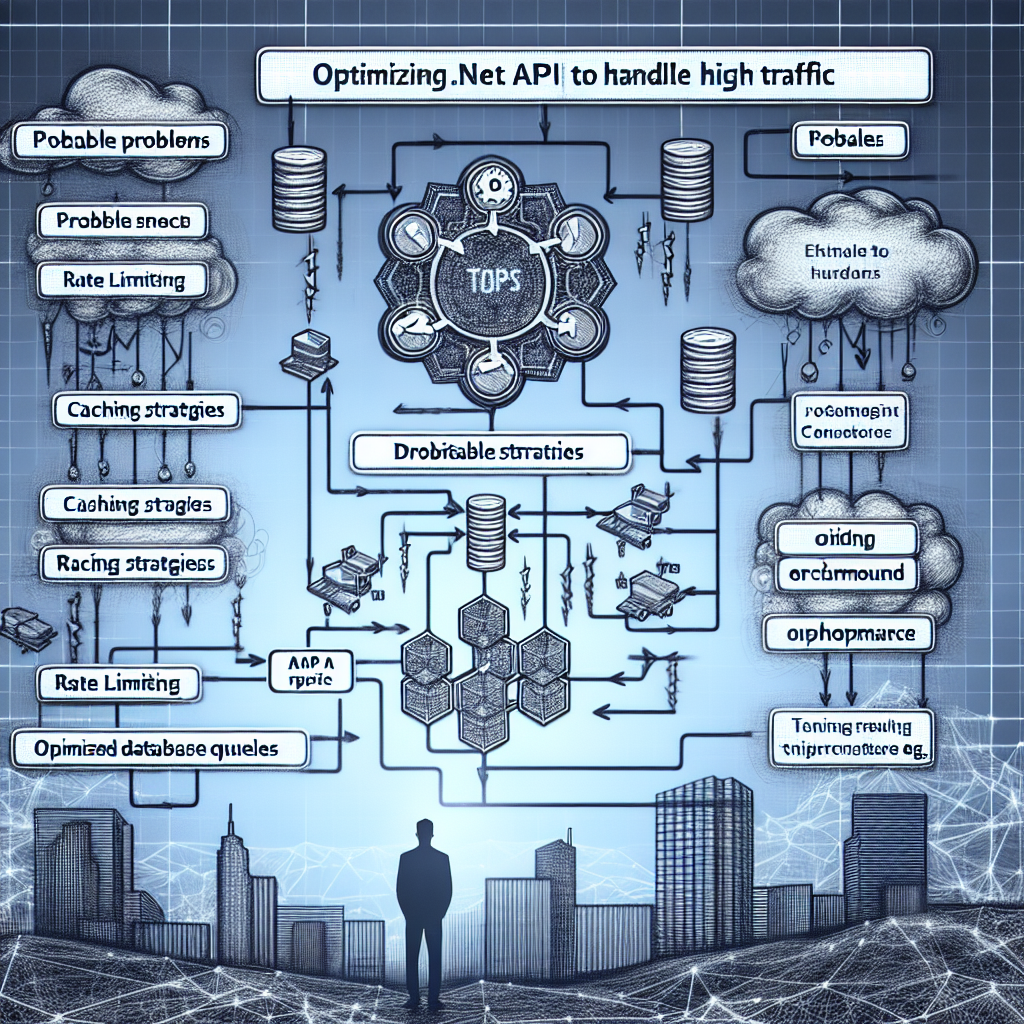“`html
Top Strategies for Optimizing .NET APIs to Handle High Traffic
As applications grow in complexity and user base, ensuring that your .NET APIs can handle high traffic becomes a critical need. High performance and scalability not only enhance user experience but also aid in maintaining operational efficiency. Here are some top strategies for optimizing .NET APIs to effortlessly manage high traffic.
1. Implement Caching
Caching is one of the most effective ways to improve API performance and reduce server load. Caching often-requested data minimizes database hits. By using in-memory caching solutions, you can serve frequently accessed data quickly.
- MemoryCache: Utilize the MemoryCache class in .NET for local caching.
- Distributed Caching: Employ solutions like Redis or Azure Redis Cache for shared caching needs.
2. Asynchronous Programming
Using asynchronous programming in your .NET APIs improves scalability by allowing the server to handle more requests while waiting for I/O operations (like database calls) to complete.
public async Task GetItemsAsync()
{
var items = await _itemService.GetAllItemsAsync();
return Ok(items);
}
This approach frees up threads to handle additional requests instead of blocking them during long-running operations.
3. Optimize Database Queries
API performance is heavily dependent on how efficiently the backend database queries are executed. Optimize your SQL queries to reduce execution time.
- Use Stored Procedures for frequently used queries to enhance performance.
- Implement Indexing to speed up searches on large data sets.
- Utilize Pagination in queries to limit data fetched in a single call.
4. Load Balancing
Distributing traffic among multiple servers ensures that no single server becomes overwhelmed. Load balancing can effectively manage traffic spikes and improve API availability.
- Horizontal Scaling: Add more servers to distribute the load.
- Round Robin: Use round-robin techniques for load distribution among servers.
5. Employ Rate Limiting
Rate limiting helps prevent abuse of your API by restricting how often clients can access it. This not only protects your service but also ensures that resources are available for all users.
services.AddApiRateLimiting(options =>
{
options.ClientIdHeader = "X-Client-Id";
options.GeneralQuota = new Quota(100, TimeSpan.FromMinutes(1));
});
6. Monitor and Analyze Performance
Regular monitoring of API traffic and performance is vital for identifying bottlenecks and improving responsiveness.
- Use tools like Application Insights to track performance metrics.
- Analyze logs for slow endpoints and high load patterns.
Conclusion
Optimizing .NET APIs for high traffic is essential for maintaining a robust and responsive application. By implementing caching, using asynchronous programming, optimizing database queries, employing load balancing, introducing rate limiting, and monitoring performance,



